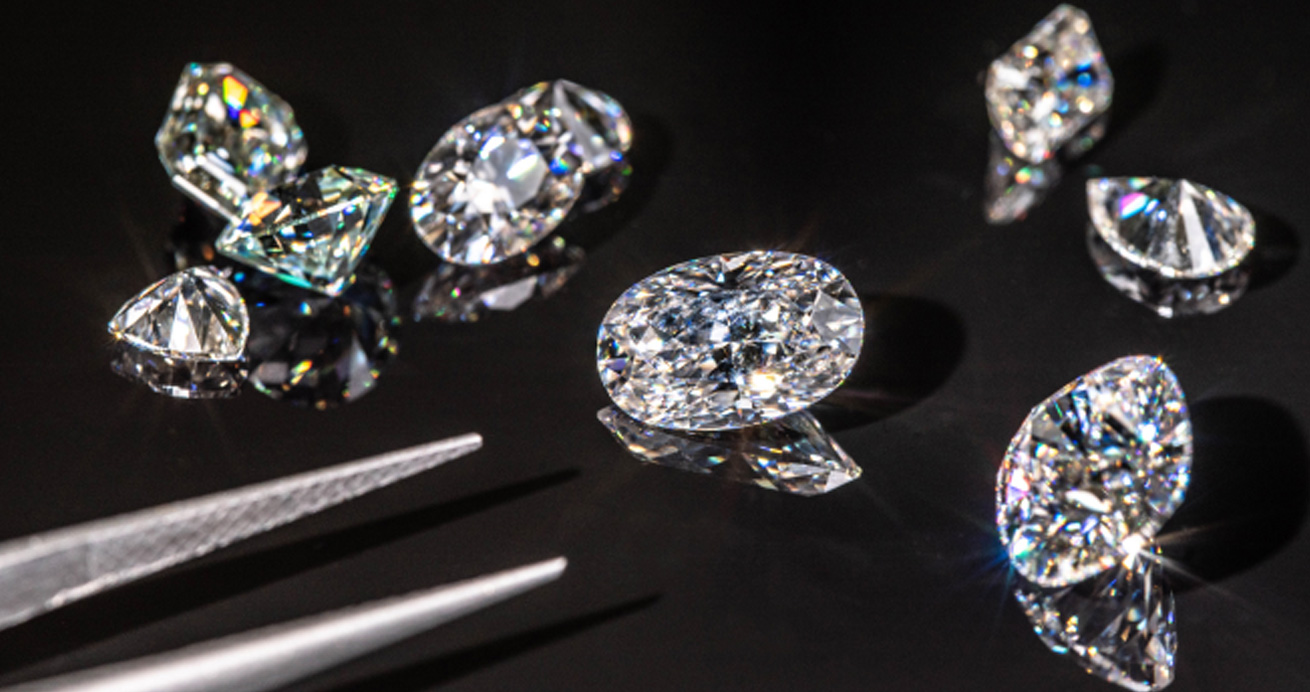Introduction to the Diamond 4C Chart
Diamonds are an image of extravagance, however navigating the world of diamonds can feel like a maze. That’s where the Diamond 4C Chart ends up being valuable. It’s your roadmap to understanding what makes a diamond truly endlessly sparkle. We ought to break it down, so you can make an informed decision whether you’re buying a diamond for yourself or a companion or family part.
What is the 4C Chart?
The 4C Chart is a grading framework used to assess the quality of diamonds. It stands for Cut, Color, Clarity, and Carat Weight. Each of these factors plays a crucial work in choosing a diamond’s overall value and beauty. Consider it the diamond’s report card.
Why the 4C Chart Matters
The 4C Chart isn’t just a ton of jargon; it’s essential for understanding the worth of a diamond. Knowing how each C affects the diamond’s appearance and cost assists you with making a decision that accommodates your style and budget. In this manner, we ought to hop into each of these components to see what they’re all about.
The Four C’s Explained
Cut
The cut of a diamond is generally speaking considered the most critical factor in choosing its beauty. It alludes to how well the diamond has been shaped and faceted. An especially cut diamond will mirror light brilliantly, making it sparkle with life.
Importance of Cut
For what reason is the cut so important? Imagine a diamond as a crystal. The way it’s cut concludes how light interacts with it. A poorly cut diamond may look dull, regardless of whether it’s great in various areas. Conversely, a masterfully cut diamond will dazzle and capture attention.
Color
Color alludes to the diamond’s shade, or lack thereof. The less color a diamond has, the more valuable it is. However, diamonds aren’t totally colorless; they range from D (colorless) to Z (noticeable color).
Understanding Color Grading
Diamonds are graded on a scale from D to Z, with D being the greatest. The distinctions can be subtle, so seeing the diamond in various lighting to see its real nature is essential.
How Color Affects Value
A colorless diamond is generally more valuable because it allows more light to pass through, enhancing its brilliance. However, certain individuals could favor a diamond with a slight sprinkle of color, especially in the unlikely event that it’s a fancy colored diamond like a pink or blue.
Clarity
Clarity measures the internal and external flaws of a diamond, known as inclusions and imperfections. A higher clarity grade means less imperfections.
What is Clarity?
Consider clarity the diamond’s immaculateness. Inclusions are natural imperfections like small crystals or air ascends, while imperfections are surface flaws. A diamond with high clarity will have minimal to no noticeable imperfections.
Clarity Grading Scale
Diamonds are graded on a scale from Flawless (FL) to Included (I1, I2, I3). Flawless diamonds are rare and exceptionally valued, while Included diamonds may have noticeable flaws. Understanding this scale assists you with picking a diamond that accommodates your inclination for clarity.
Carat Weight
Carat weight measures the size of the diamond. One carat equals 200 milligrams. Larger diamonds are rarer and more valuable, however carat weight alone doesn’t choose a diamond’s quality.
How Carat Weight Impacts Value
While larger diamonds are a large part of the time more expensive, two diamonds of the same carat weight can contrast significantly in value based on their cut, color, and clarity. It’s about finding the right balance between carat weight and the other C’s.
Picking the Right Carat Weight
Picking the right carat weight depends upon your budget and personal inclination. An especially cut smaller diamond really should can be comparably dazzling as a larger one.
Using the 4C Chart to Pick a Diamond
Assessing Your Priorities
While picking a diamond, start by picking what’s generally important to you. Is it the sparkle of an ideal cut, the clarity of a flawless diamond, or perhaps the size? Understanding your priorities will guide you in balancing the 4C’s to track down the ideal diamond.
Balancing the 4C’s for Value
Everything spins around tracking down the right balance. For example, you could pick a somewhat lower color grade if it means you can get a superior cut or larger carat weight. The goal is to maximize value while meeting your personal inclinations.
Man made diamonds, also known as lab-grown or synthetic diamonds, are created in controlled environments using advanced technological processes that replicate the natural conditions under which diamonds form in the Earth. These diamonds possess the same chemical, physical, and optical properties as natural diamonds, making them nearly indistinguishable to the naked eye.
Common Mistakes to Avoid
Overemphasizing One C
It’s easy to get fixated on one aspect, similar to carat weight, yet remember that a diamond’s overall quality is a combination of all four C’s. Don’t allow one factor to overshadow the others.
Ignoring Personal Inclinations
While the 4C Chart gives valuable information, your personal taste should play a significant work in your decision. Pick a diamond that mirrors your style and personality.
Conclusion
Summary of Central issues
The Diamond 4C Chart is an amazing asset for understanding and evaluating diamonds. By considering Cut, Color, Clarity, and Carat Weight, you can make an especially informed decision that balances quality and value. Remember, the best diamond is one that accommodates your personal inclinations and budget.
Final Tips for Diamond Buyers
While buying a diamond, take your chance to explore various options and don’t rush the decision. Use the 4C Chart as an aide, however pay attention to your hunches and inclinations. After all, a diamond isn’t just a purchase; it’s a cherished image of something exceptionally great. Happy diamond hunting!

